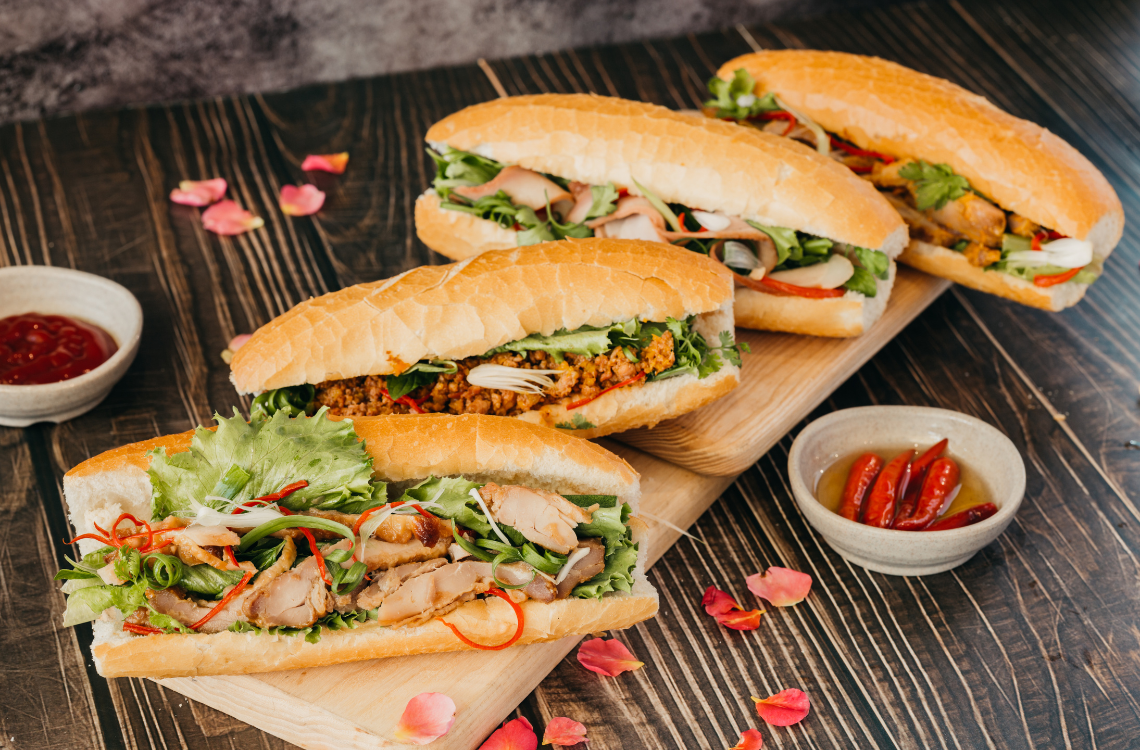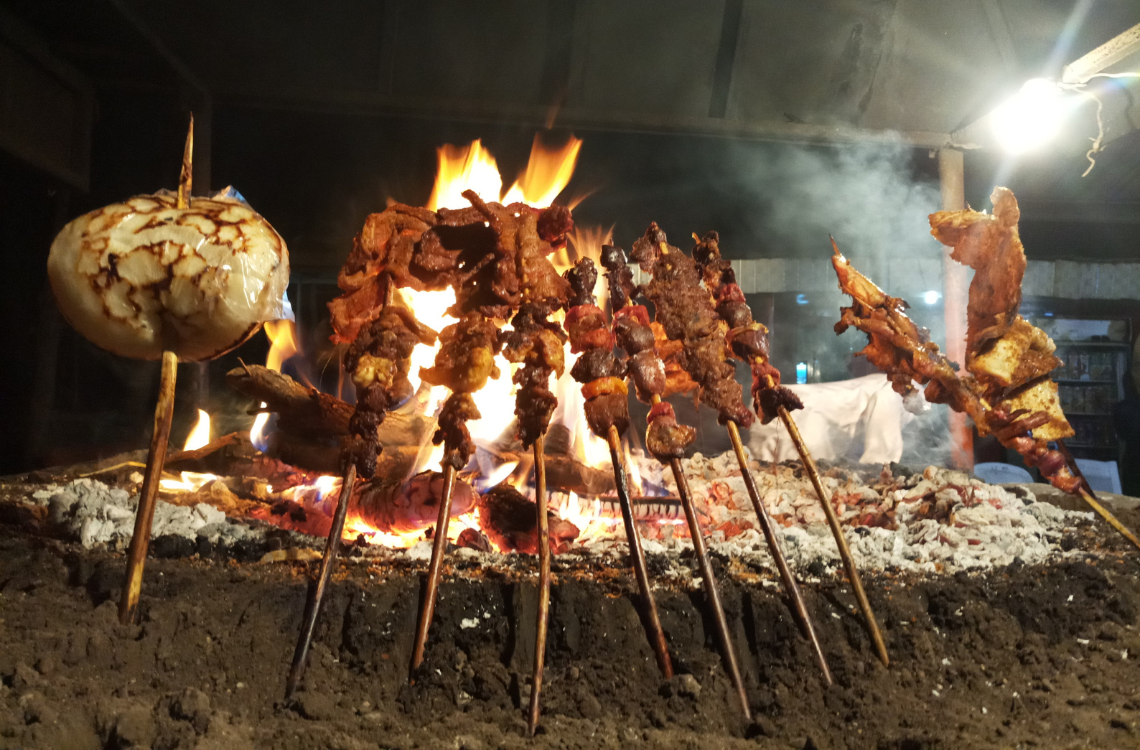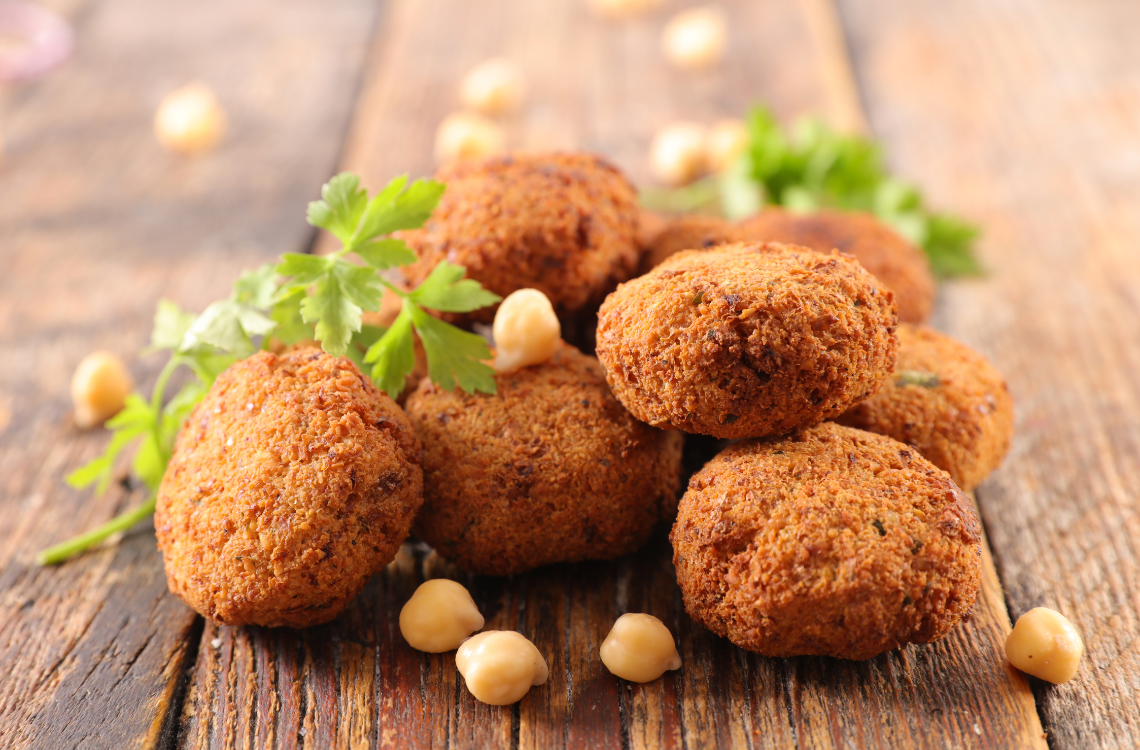The Red Envelope: Billkin and PP Krit’s Take on a Love Story Beyond the Grave
In a cinematic landscape saturated with remakes, reboots and sequels, you might ...

Food is a passport to culture and tradition that connects the world. Each country has its own very special signature dish made from ingredients based on geographic region and resources, with a unique background story of cultural context. Here is Koktail’s list of iconic dishes you should not miss as you travel around the world.
These 24 street foods from around the world are not just delicious, they carry stories and cultural significance with each bite:

Thailand’s signature stir-fried rice noodle dish with bean sprouts, peanuts, shrimp and green onions, reflects the influence of Chinese and Thai cultures on street food, resulting in a harmonious blend of flavours.

This set of pork skewers with sticky rice may sound simple to many, but this particular dish consists of protein and carbs which can keep you full all day long.

Invented in the 1950s, Banh Mi is a reminder of Vietnam’s colonial past. The combination of French baguette with crisp and soft texture stuffed with Vietnamese savoury ingredients.

Takoyaki is a symbol of Japan’s love for street food innovation. The ball-shaped filled with minced octopus and topped with tempura crab, dry seaweed and green onions indicates the unique flavour.

These triangular treats have a rich history dating back to mediaeval India, often served during celebrations and festivals. Sometimes made in triangular, cone, or half-moon shapes, depending on the region of origins.

Created by Indian immigrants in South Africa, Bunny Chow involves hollowed-out loaf of white bread filled with curry, often served with salad as a side dish. This dish symbolises the fusion of different culinary traditions.

Koshari is Egypt’s national street food dish with the mixed of traditional Egyptian staple, pasta, tomato sauce, garlic vinegar, chickpeas and crispy fried onions. Here you’ll find a story of resourcefulness, as it was created using readily available ingredients during times of scarcity.

This hearty soup is traditionally consumed during Ramadan, highlighting the importance of communal meals in both Moroccan and Algerian culture. Made of lentils, chickpeas, fresh herbs seasoning with warm spices including turmeric, cumin and cinnamon.

Suya is a spiced meat skewer originated in Hausaland, showcases the rich use of spices in Nigerian cuisine and the art of grilling, traditionally prepared and made by Hausa me.

Rice balls stuffed and coated with breadcrumbs carry the essence of Italian home cooking, where leftover risotto is transformed into something delicious.

Souvlaki, exists in Greece since the 17th Century BCE. It represents Greek hospitality and the joy of gathering around the grill with friends and family.

The crispy, sugary churro connects Spain to its deep-rooted culinary traditions and sweet tooth.

Turkey’s iconic street food featuring bread stuffed with meat cooked on a vertical rotisserie, lettuce, sliced tomatoes seasoning with sauce and yoghurt. The popularity of this dish began in the 1970s in Berlin by the Turk immigrants.

Falafel represents the Middle Eastern love for chickpeas and herbs, served in a convenient and delicious form.

Shawarma contains thin cuts of mixed meats stacked in a cone-like shape on a vertical rotisserie. It is one of Israel’s signature dishes reflecting the diverse culinary landscape, blending Middle Eastern flavours into a beloved street food wrap.

Hot dogs are a symbol of American ingenuity and the ability to transform simple ingredients into a beloved classic.

Poutine is Canadian’s comfort food made from french fries topped with melted cheese and sauce, embracing the mix of cultures in its culinary scene.

The symbol of Mexican food features a wheat-based tortilla topped with a filling. This dish tells the story of Mexico’s rich culinary history and the art of layering flavours.

Jerk chicken embodies the spirit of Jamaica’s vibrant and spicy culinary traditions. The dish used to be popular amongst the African slaves during the colonial era.

Empanadas first appeared in Medieval Iberia during the time of the Moorish invasions. These savoury pastries showcase the Argentine love for family gatherings and traditional recipes.

Get to know the Brazilian menu, creamy chicken coated with fried breadcrumbs. The modern recipe of Coxinha is believed to be invented in the São Paulo region during the country’s Industrial Revolution in the 19th century.

Arepas have been eaten in the northern parts of South America since pre-Columbian times, showcasing Colombia’s love for corn-based cuisine and its regional variations.

Meat pies are a staple of Australian culture, enjoyed at sporting events and gatherings.

Hangi highlights the Maori tradition of cooking in earth ovens, a practice that connects them to their ancestors.
In a cinematic landscape saturated with remakes, reboots and sequels, you might ...
Find out more about your celeb favourites and their most loved vacation ...
These top 5 barber shops in Bangkok are where gentlemen can elevate ...
While traditional TV shows are serving us endless boy-meets-girl tales. Thailand has ...
Sailorr and Molly Santana’s black grills fuse hip-hop swagger with homage to ...
Netflix Thailand has officially announced a new price for base subscriptions We’ve ...
Wee use cookies to deliver your best experience on our website. By using our website, you consent to our cookies in accordance with our cookies policy and privacy policy